Making Space: The Never-Ending Listening Tour
September 22, 2025
time
Min read time

Editor's Note on the "Making Space" series:
Whenever I think about our BSF Resident Storytellers taking on Space, I hear this internal whisper, Space is the place. I even tried to pitch it as a sort of branding phrase. Didn’t fly. The good news is our writers have been talking with local creatives about the nagging challenges of space and affordability in Denver. The better news is they’ve also been learning about the head and heart spaces created by mindfully built and shared places.
And yeah, about that phrase: It’s the title of a 1974 Afrofuturist film featuring the jazz musician Sun Ra and his Arkestra. There’s something poetic in that. For the future of the arts, its makers and partakers, spaces really are the places. — L. Kennedy.
When Louise Martorano first stepped inside RedLine Contemporary Art Center in 2010, she wasn’t looking to reinvent the thorny relationship of artists to space in Denver. She was there to listen to the artists.
“Essentially, what I heard was this career path was such a risk and had such a lack of infrastructure in Denver, that many people were giving up or moving away,” she recalled. “When you can help negotiate some of that on behalf of artists, you can really secure culture in the community.”
Martorano’s time at the helm of RedLine has helped reshape Denver’s cultural infrastructure. Under her leadership, the Five Points nonprofit launched programs like REACH Open Studio, Satellite Studios and Youth Art Mentoring, redefining how organizations utilize space to support artists.
At the center of that work is RedLine’s home base. Step inside RedLine’s converted warehouse on Arapahoe Street, and the openness of the venue is striking — and intentional.
Wide hallways double as informal galleries. Studios line the perimeter of the main gallery as large windows flood the building with light. Resident artists often keep their doors open, inviting passersby to peek in or start a conversation. It’s not unusual for a visitor to wander in off the street, strike up a dialogue about a work in progress and walk away having learned something about the process or the artist behind it.
That kind of casual, cross-pollinating exchange is built into RedLine’s design. The physical layout encourages artists to engage with one another and with the broader community, blurring the lines between public and private work.
For Martorano, the building itself is a tool—one that fosters transparency, collaboration and accessibility in ways that few other arts organizations in Denver attempt. “RedLine puts the human back in the equation,” Martorano said. “It’s not just a studio building. It’s a place where the door is literally open, and that’s a huge part of the work we do.”
Founded in 2008 with a focus on socially engaged art, RedLine has grown into one of Denver’s most vital arts incubators—using its physical space to nurture talent, collaboration, and community connection. Its flagship program, the two-year, fully subsidized Artist-in-Residency Program, offers emerging Colorado artists free studio space, mentorship, professional development, and most importantly, time.
“When I first arrived at RedLine, we had 34 applications for 13 studios,” Martorano said. “Now we have over 300.” Some notable past alumni include Regis University professor and visual artist Tony Ortega, multidisciplinary creator and Union Hall’s chief curator, Esther Hernandez, and contemporary artist and co-founder of Birdseed Collective, Anthony Garcia Sr.
For current resident artist Leilani Derr, the experience is already reshaping how she thinks about her practice. “Being here for two years is such a gift,” she said. “Other residencies usually want a specific output. RedLine is just so gracious and flexible with what you want to work on.”
Her work during the residency draws on Japanese mythology to investigate the messages we ignore, such as in "Yogen no tori." The piece, inspired by a prophetic bird from Japanese folklore, is a reflection of today's ignored red flags. Derr's interest in sharing her culture's stories has also influenced how she approaches her work in the studio.
“The conversations I’ve had randomly in the studio have been so lovely and wonderful,” she added. “Things that are clear to me aren’t always to other people, so it’s been helpful to get feedback in real-time … It’s helped me stop hiding as an artist.”
Resident artist Phillip Stearns, who returned to Denver in 2021, sees RedLine as a rare example of what’s possible when artists are given space to develop their work.
“I had no idea that there was a space that had this many ample resources,” he said. “RedLine puts artists, resources and support all in one place, which creates this community vibe that’s perfect for creation.”
Over the past decade, the organization has developed a suite of community-driven initiatives: a youth mentoring program co-designed with Title I schools, an open studio for artists who are unhoused or in recovery, and fiscal sponsorship and regranting services that funnel monies to organizations typically locked out of traditional funding sources.
These efforts stem from what Martorano calls RedLine’s “methodology of community responsiveness,” built on listening sessions that have deepened long-standing neighborhood relationships. Being based in Five Points, a historically Black and Jewish neighborhood, has profoundly shaped that methodology.
“We prioritized that history and the contemporary community,” Martorano said. “There are generational families still in the neighborhood. It’s important we reflect them through every elevation of the organization, including in our resident program, on our board and in our staff.”
That sense of place has also prompted ongoing reflection about the organization’s name. Originally intended by RedLine’s founder as a metaphor for crossing thresholds, the name evokes the discriminatory housing practice for many.
“It still feels hard for me to say RedLine,” Martorano admitted. “To be honest, I don't like it. When folks who don't know RedLine and our history of social justice practice they can be harmed by how the name lands. I've had community members come in and be like, ‘What the heck's up with the name?’ and while it does give us this opportunity to share our values and our focus on equity and social justice, it’s something that constantly comes up.”
As Denver’s cost of living skyrockets, RedLine has doubled down on affordability. Its Satellite Studios Program, launched in 2019, now supports artists through nine subsidized locations across Colorado, from downtown Denver to Trinidad. These sites operate under agreements tailored to each community’s needs to keep creatives rooted where they live and work.
“I think I've worked with twelve different developers to date to try to match space and opportunity,” Martorano said. “The hardest thing about the satellite program is that you really have to be invested in the long game, because these deals don't happen quickly. But I am so invested in securing and introducing affordable space for arts and culture that I just don't let the long game be daunting. I'm not impatient.”
And as of July 24, Martorano’s work is taking on a new form. She’s departed RedLine to lead the new Colorado office of the Community Arts Stabilization Trust (CAST), a national organization started in the Bay Area focused on making space affordable for creatives. This is the organization's first attempt to take the program outside of California, and Denver was selected because of comparable economic factors like the rising cost of living that have displaced artists.
“There’s not a lot of financial support for arts organizations and artists,” Martorano said. “If no one is investing in us, we have to figure out how to create stabilization for ourselves.”
While RedLine’s current satellite spaces will remain in place with plans to add more through partnerships with developers, municipalities and other nonprofits, Martorano’s new role at CAST will allow her to expand the approach she built at RedLine. Bonfils-Stanton Foundation has already committed $600,000 over three years to support her work with CAST.
Back at RedLine’s main facility, the studios hum with activity. Artists paint, weld, sketch and build, often with their doors open to neighbors, visitors and curious students. It’s not just about what gets made here—it’s about who gets to make it, and how that opportunity ripples outward.
“I never lost sight of the privilege that RedLine owns its space,” Martorano said. “I’ve wanted to extend the stability as far as it can go, because I know it's important. If you can own your space, you can own your future.”
Look for the yellow "Making Space" tag to find other articles exploring space and affordability in Denver!
Toni Tresca
Toni Tresca is a Colorado-based arts reporter originally from Mineola, Texas, who writes about the evolving world of theater and culture—with a focus on the financial realities of making art, emerging forms, and leadership in the arts. He’s the Managing Editor of Bucket List Community Cafe, a contributor to Boulder Weekly, Denver Westword, and co-host of the OnStage Colorado Podcast and Such a Nightmare: Conversations about Horror. Currently pursuing an MBA and MA in Theatre & Performance Studies at CU Boulder, Toni brings both business insight and artistic depth to his reporting. We are happy to welcome him as our newest resident storyteller.

.png)


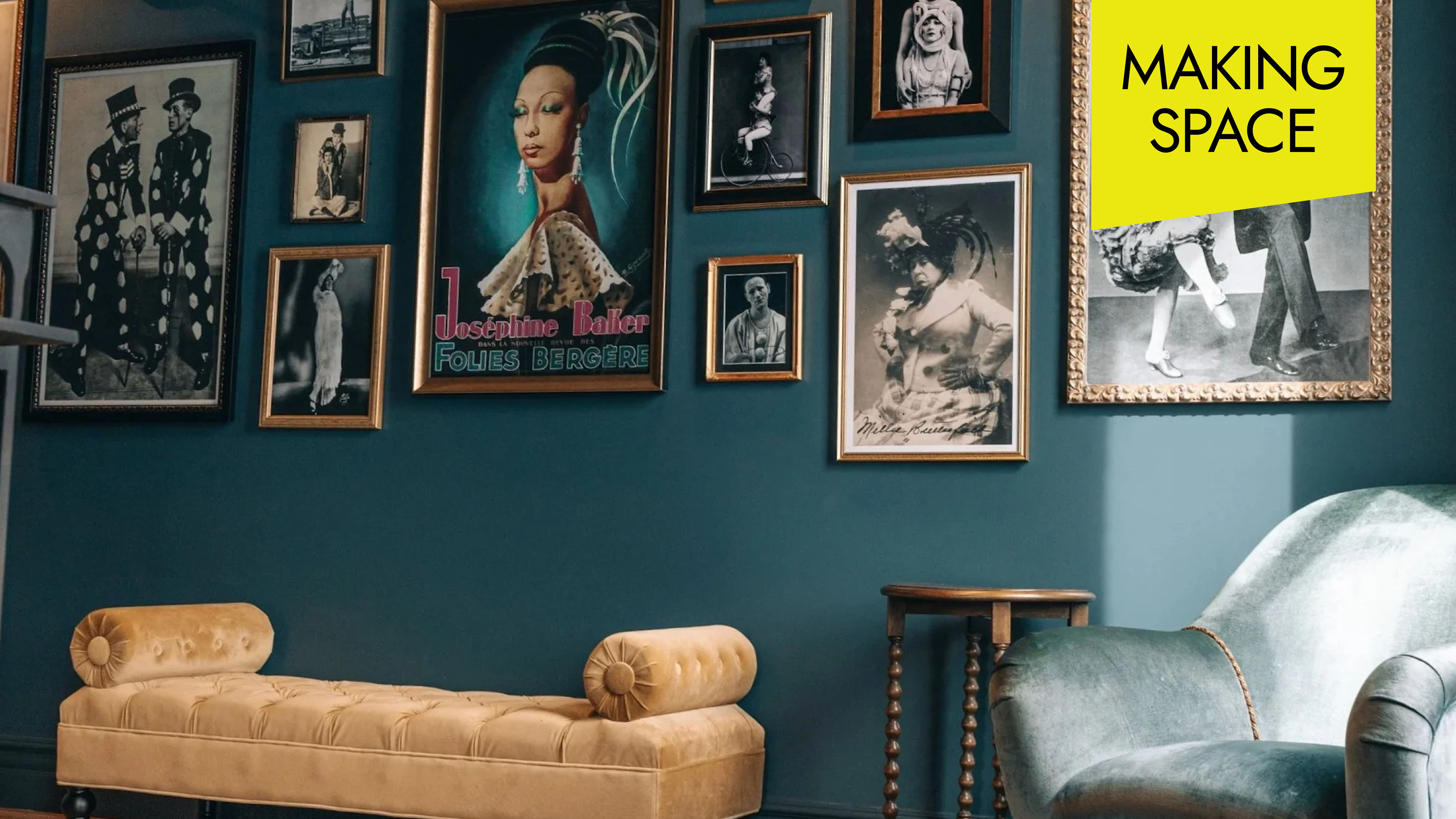
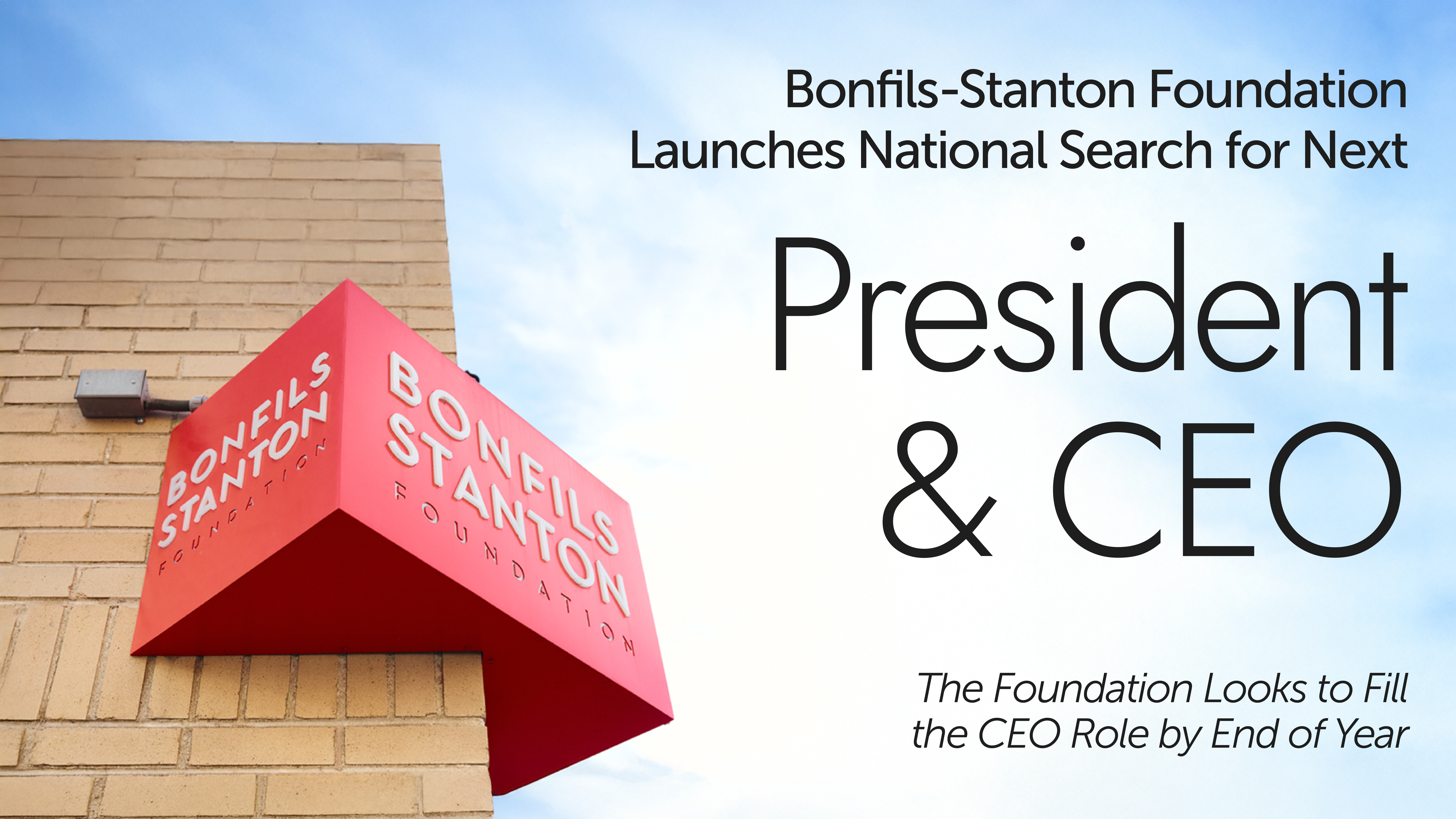

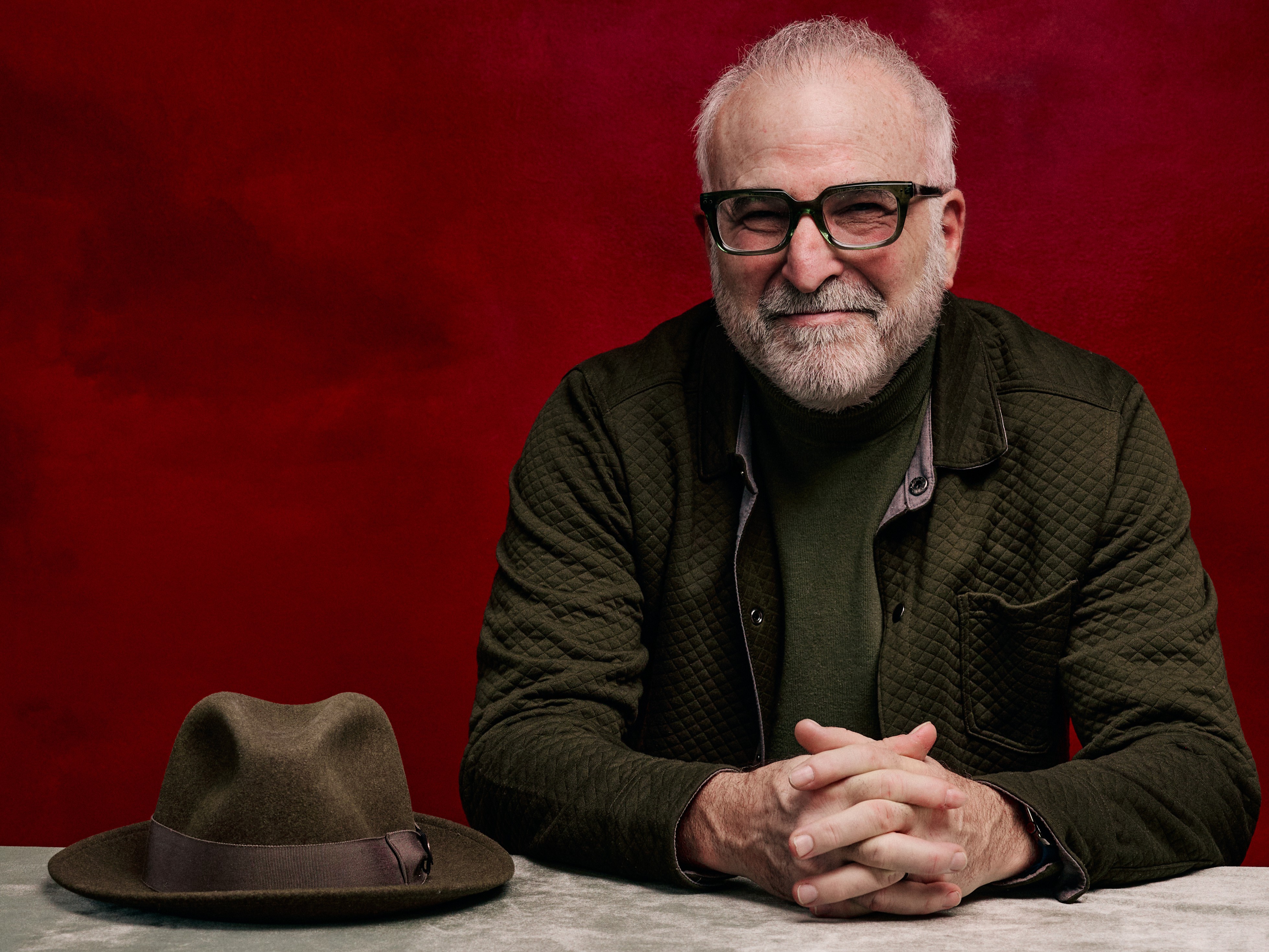
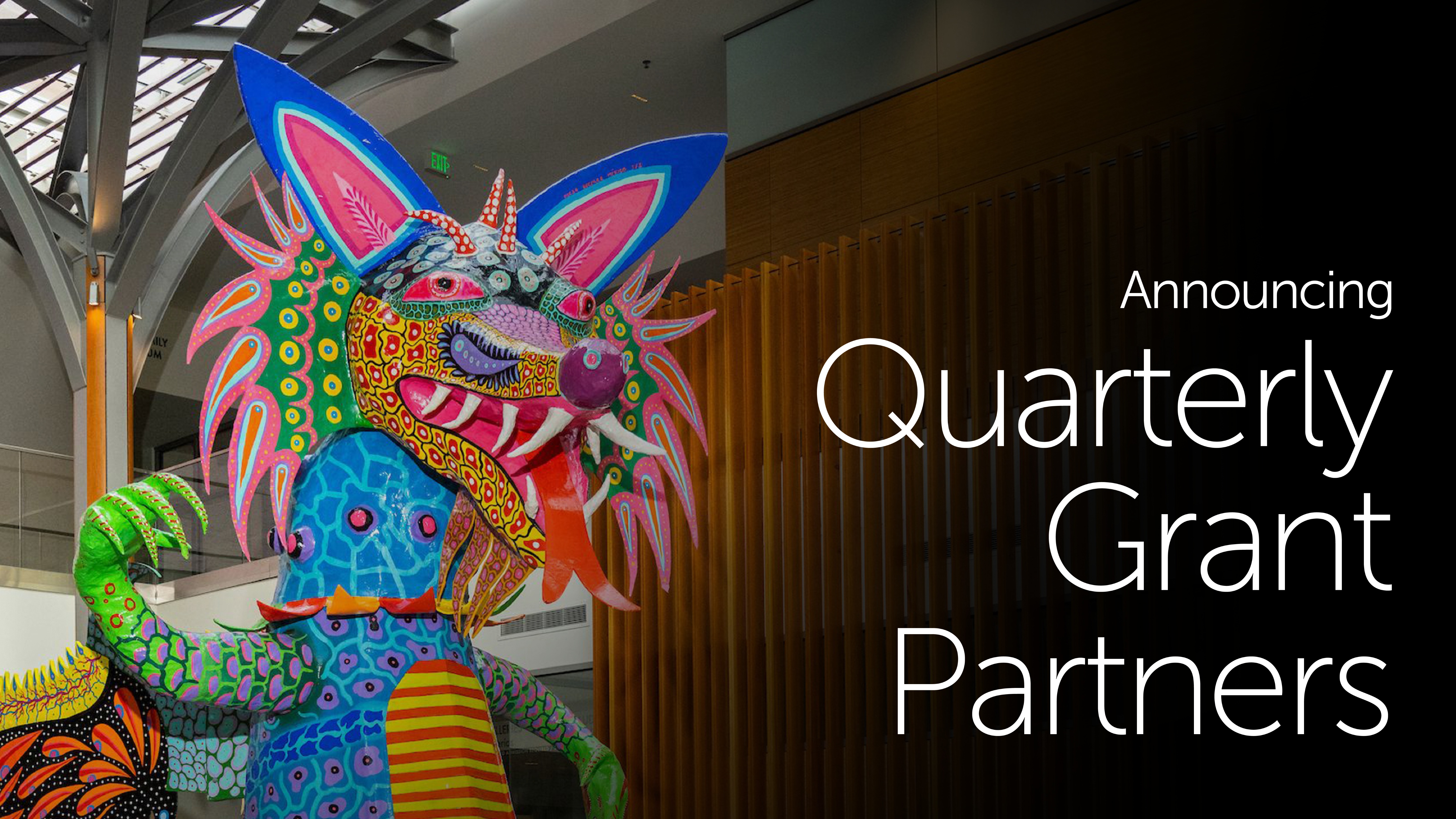
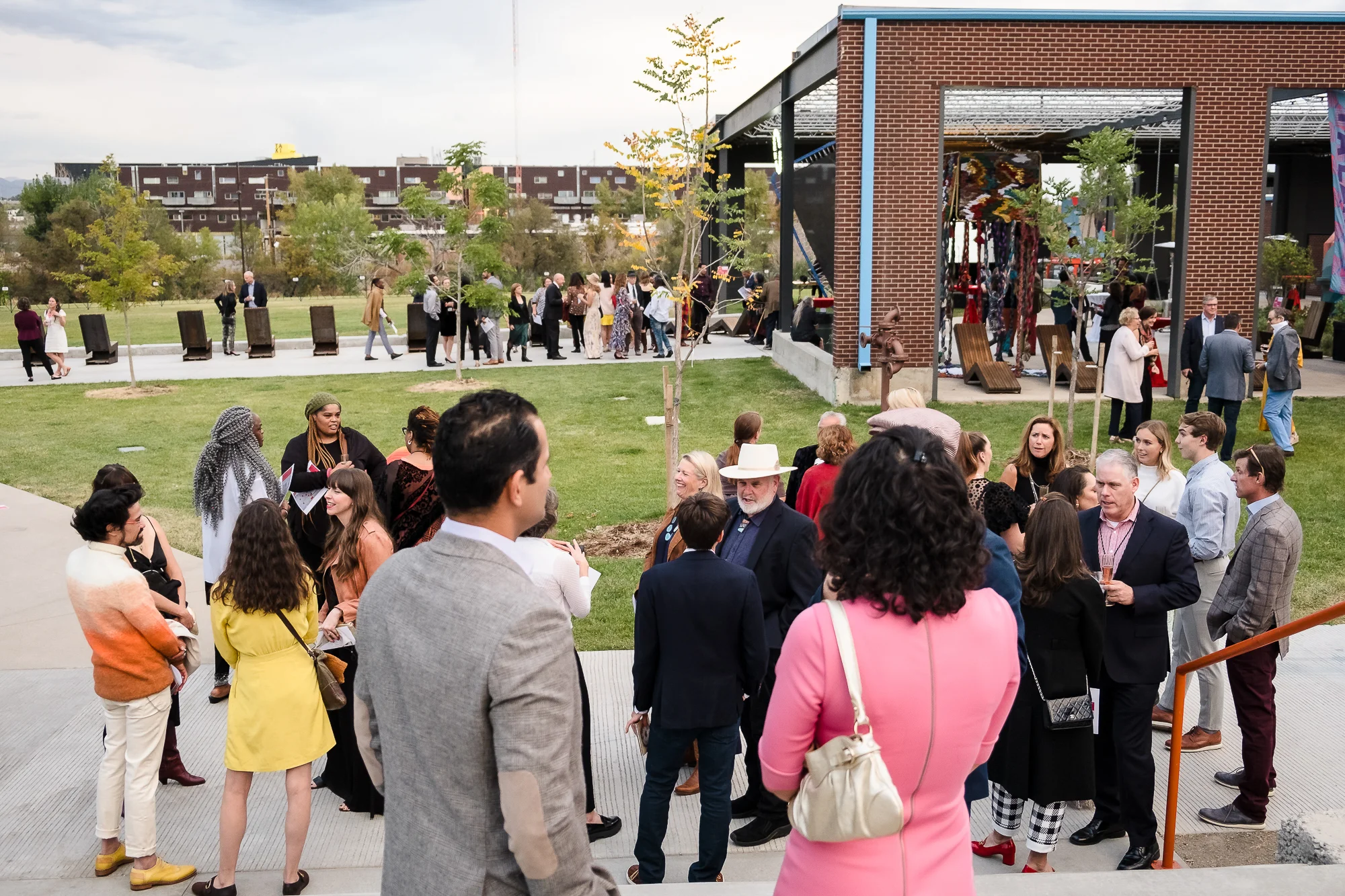
.png)








.png)











.jpg)
.png)








